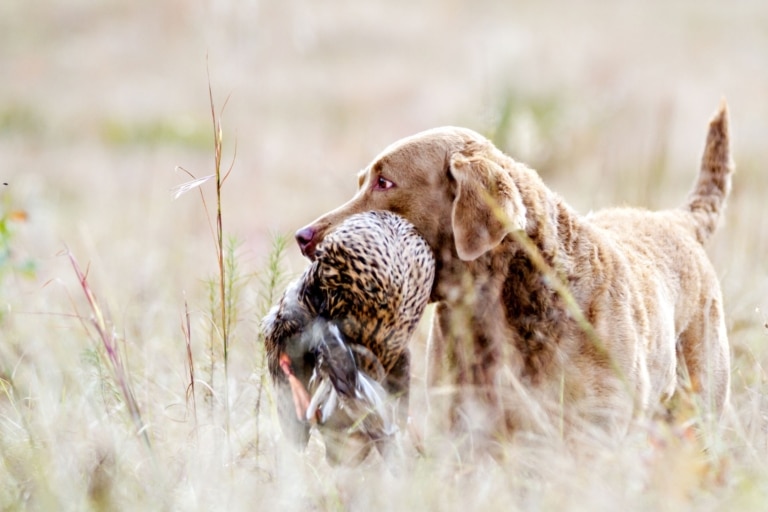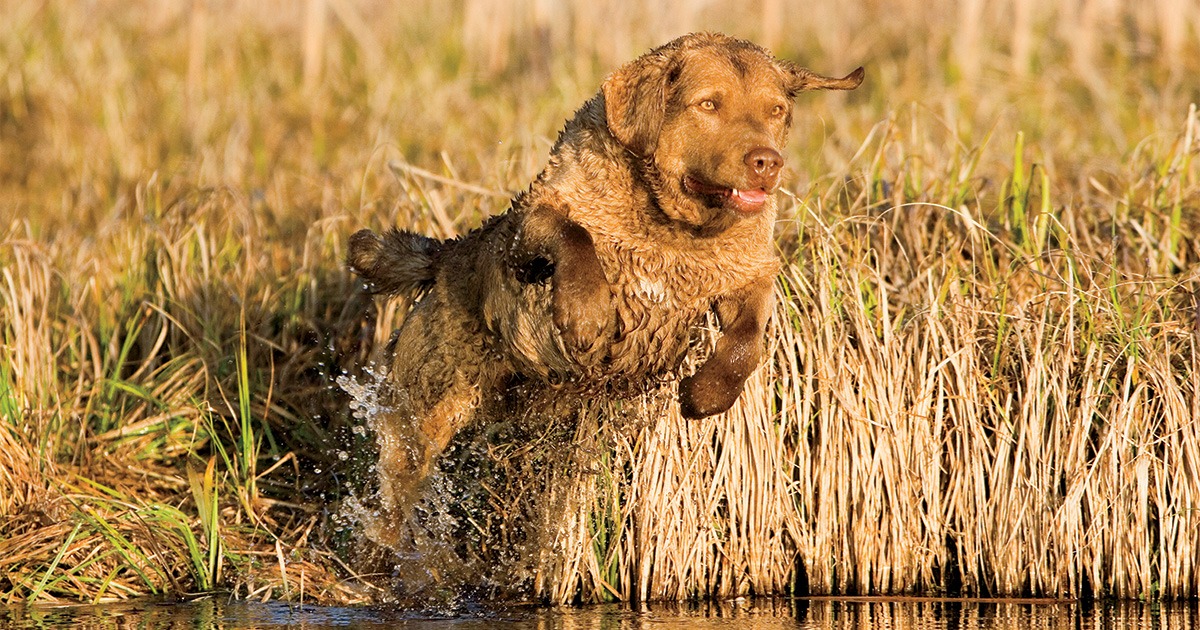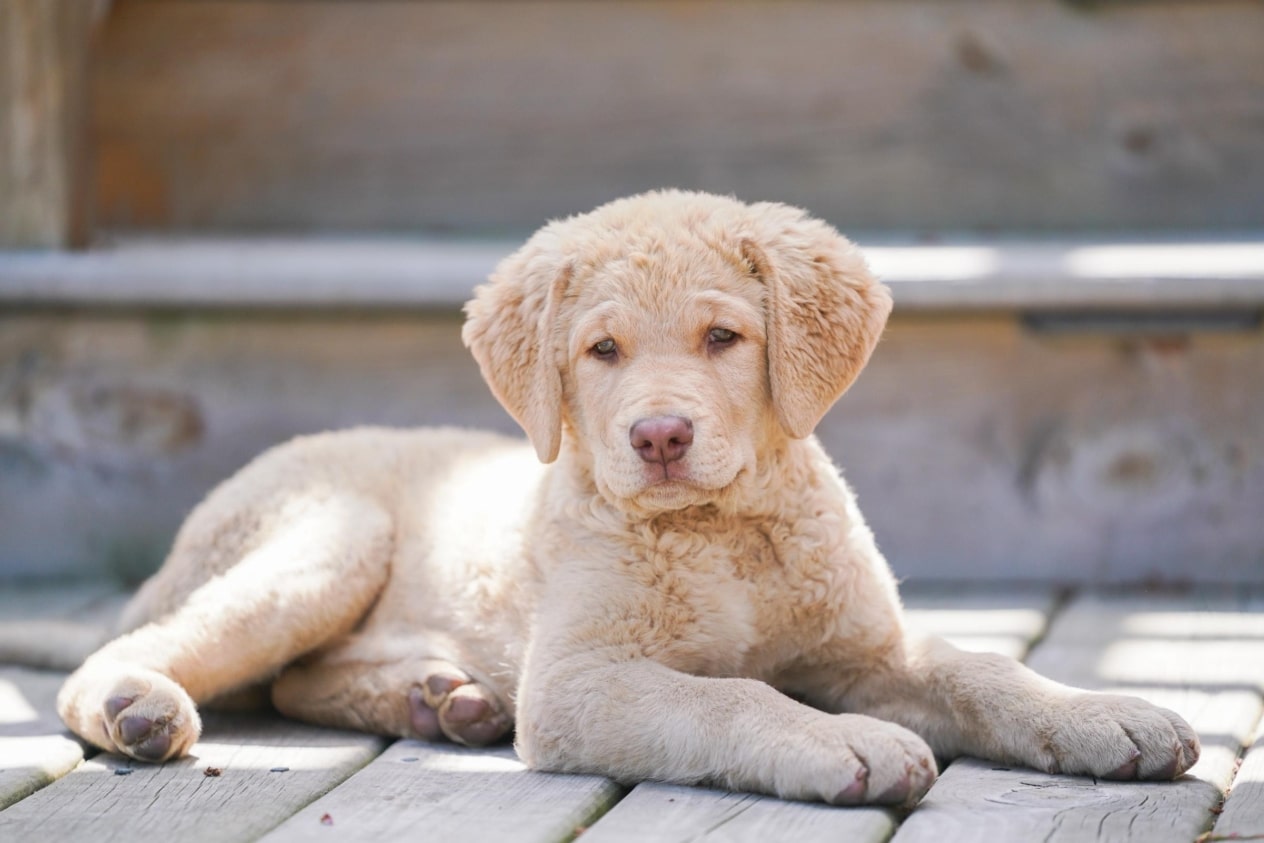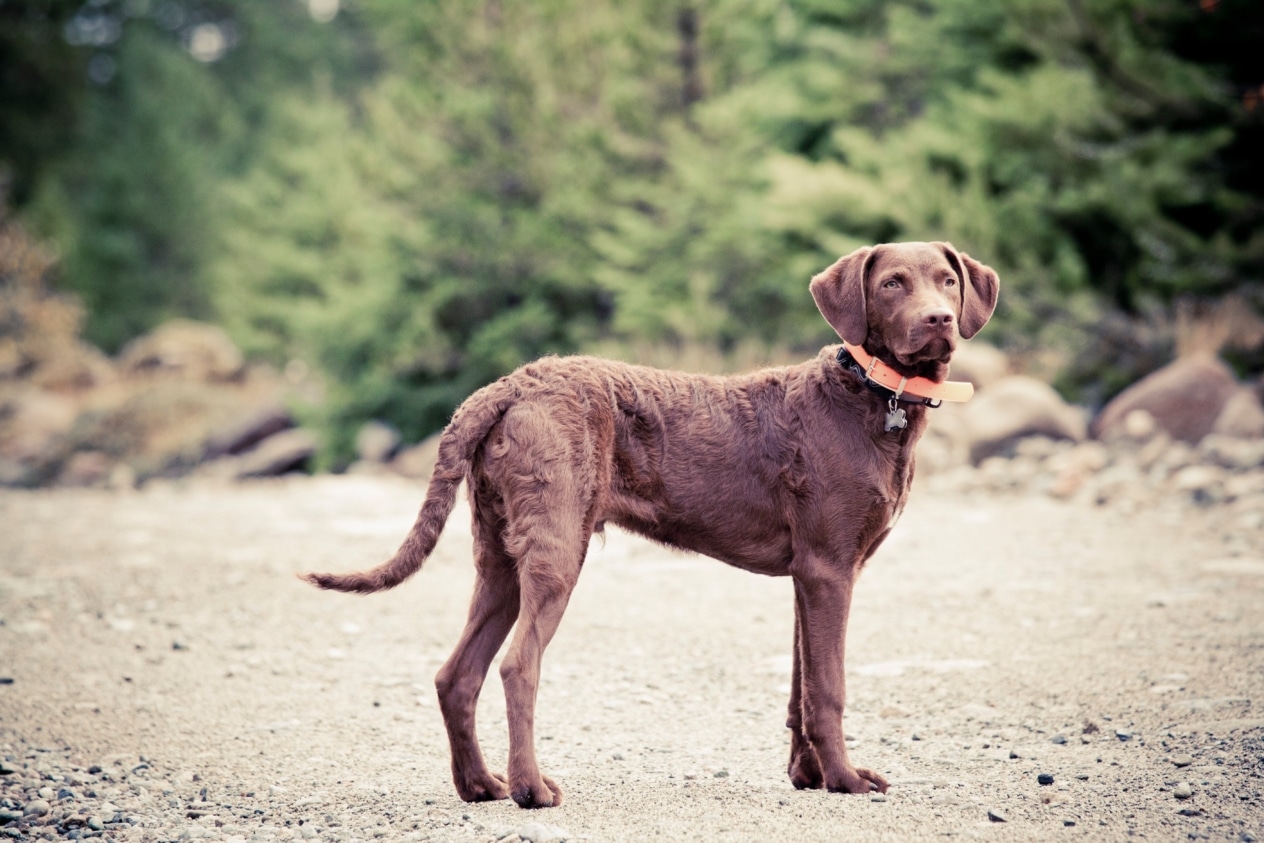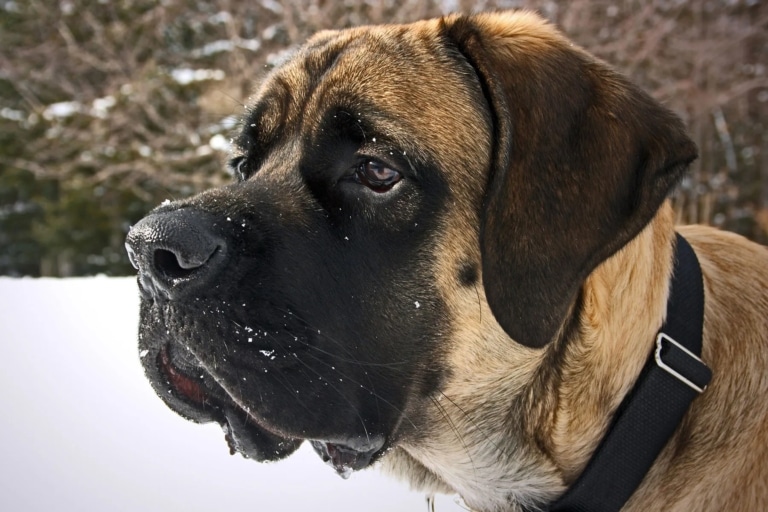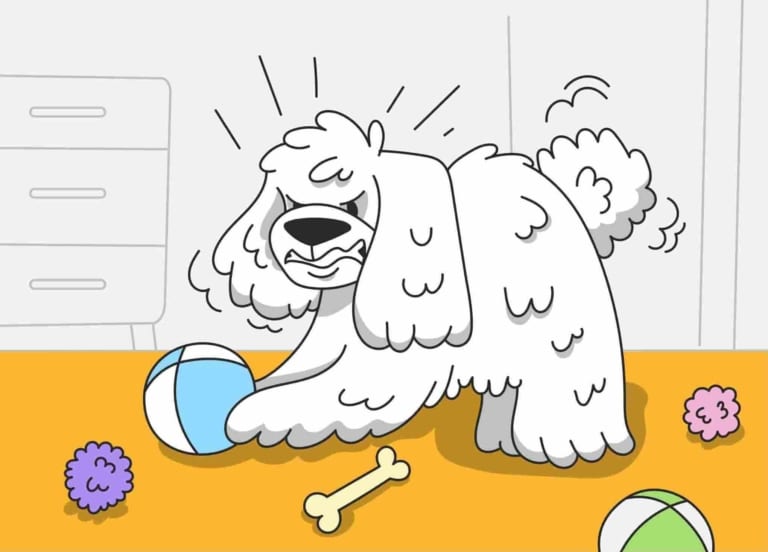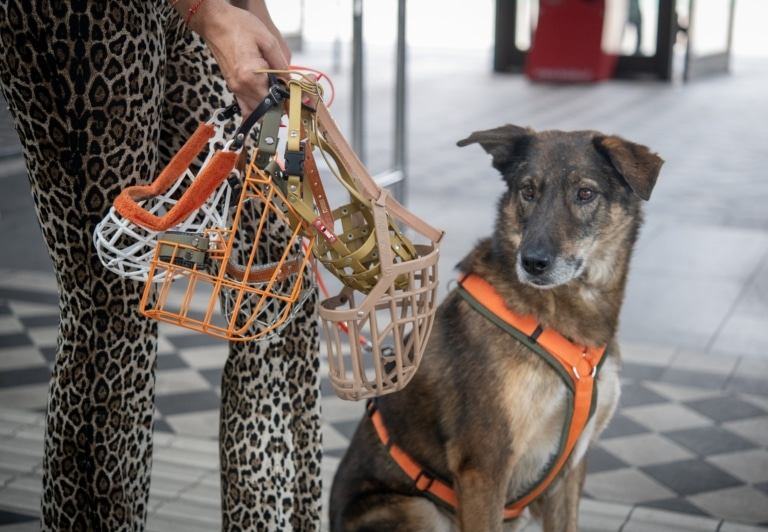The Chesapeake Retriever, or Chessie for short, originated in the 19th century on the Chesapeake Bay coast of the United States. Legend tells us that in 1807, two puppies, Sailor and Canton, were rescued after a shipwreck off the coast of Maryland. They had traits of the smaller Newfoundlands and became the basis for a new breed. Local hunters crossed these dogs with setters and spaniels, obtaining incredibly hardy and water-loving helpers. The breed was quickly appreciated by duck hunters, because retrievers could work in cold water, overcoming waves and frost, and bring prey several dozen times a day.
It is a dog of sturdy build with an athletic body and well-developed musculature. The height of males reaches 58-66 cm, females – 53-61 cm, weight varies from 25 to 36 kg. The most recognizable feature is the wavy, dense coat with a double undercoat and a natural oily coating that protects against cold water. The eyes of the Chesapeake Retriever are usually yellow amber in color, which gives it an expressive and even slightly severe look. Several shades of color are allowed, ranging from brown and reddish brown to straw yellow.
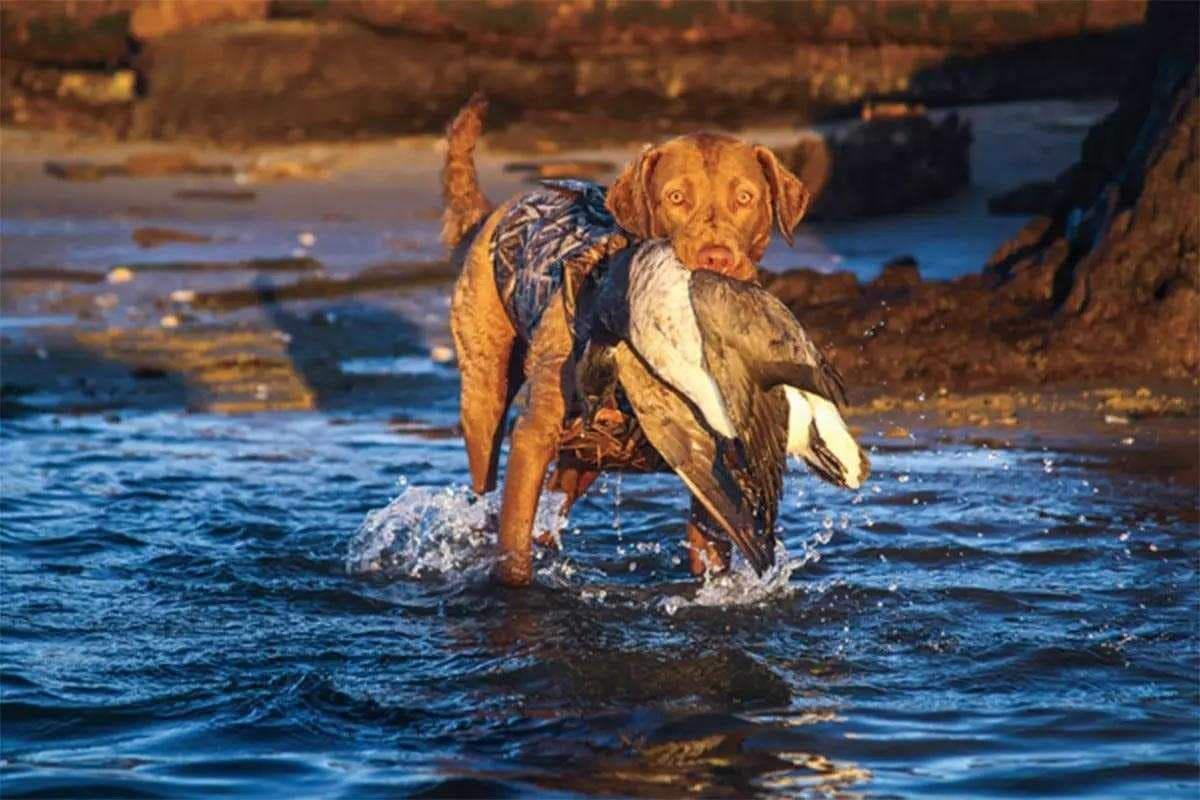
The character of the Chesapeake Retriever
Unlike the gentler and more docile Labradors or Golden Retrievers, the Chesapeake has an independent and strong character. It is a devoted guardian of its family, attentive to strangers and ready to defend the territory. At the same time he is gentle with children, patient and loves active games. The breed is very intelligent, but because of its stubbornness, it needs consistent and fair upbringing. It is important for Chessie to have a task – he is happy when he is working: searching, fetching, training or participating in sports competitions.

Training, health and activity
This is a dog that is an excellent learner, but does not tolerate harsh methods. Training should be systematic, with clear rules and positive motivation. They are able to prove themselves in hunting, agility, obedience competitions and search and rescue. The Chesapeake needs daily exercise: walks, running, swimming, and working with aporas. Without it, they get bored and can find “activities” by destroying things in the house.
Chesapeake retrievers live an average of 10-13 years. The breed is considered hardy, but is prone to hip dysplasia, eye diseases (cataracts, retinal atrophy) and hereditary blood problems. Regular check-ups with a veterinarian and exercise monitoring can help keep them healthy for years to come.
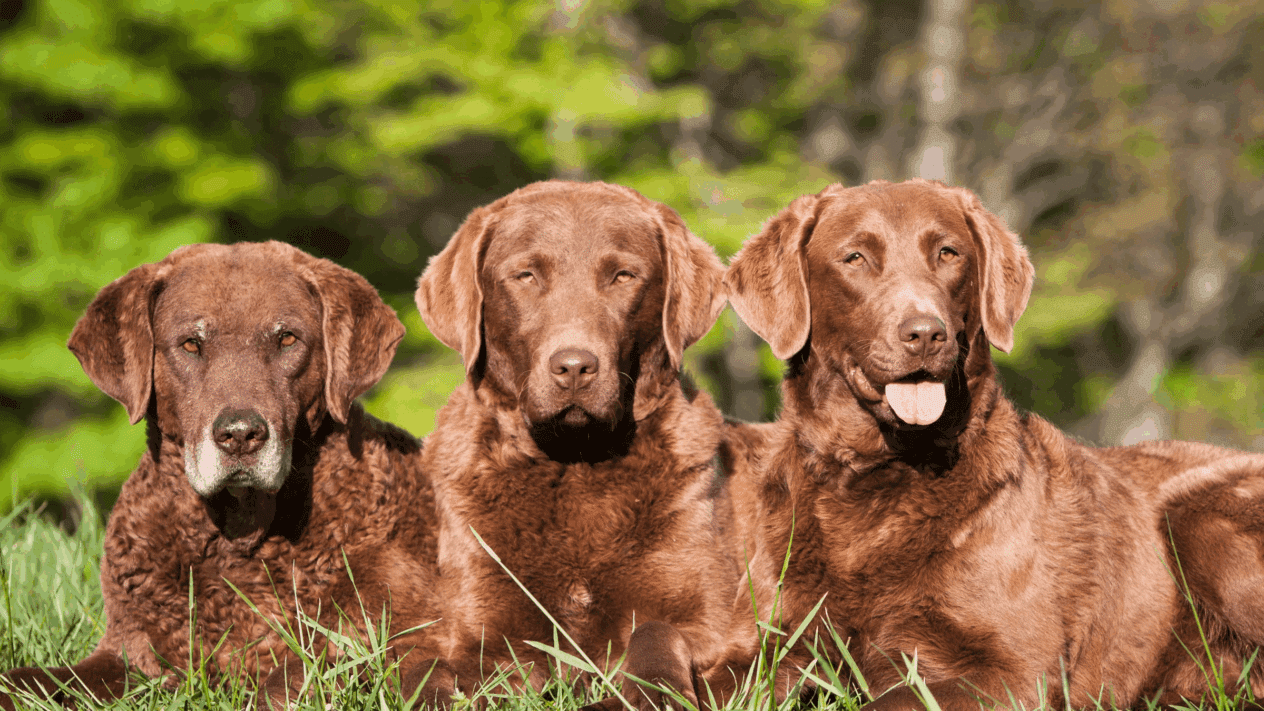
This is a dog for active and experienced owners who are willing to devote time to training and exercise. It is ideal for hunters, sportsmen, people who love hiking and outdoor life. In a family with children, the Chesapeake will show patience and affection, but will be a real guardian of the house.
Conclusion
The Chesapeake Retriever is unique among all retrievers. It is a dog with character: strong, loyal, hardy and intelligent. It needs movement, work, and human love. If you are looking for not just a pet, but a true partner and companion in an active life, the Chesapeake will be the perfect choice.

